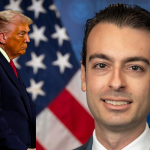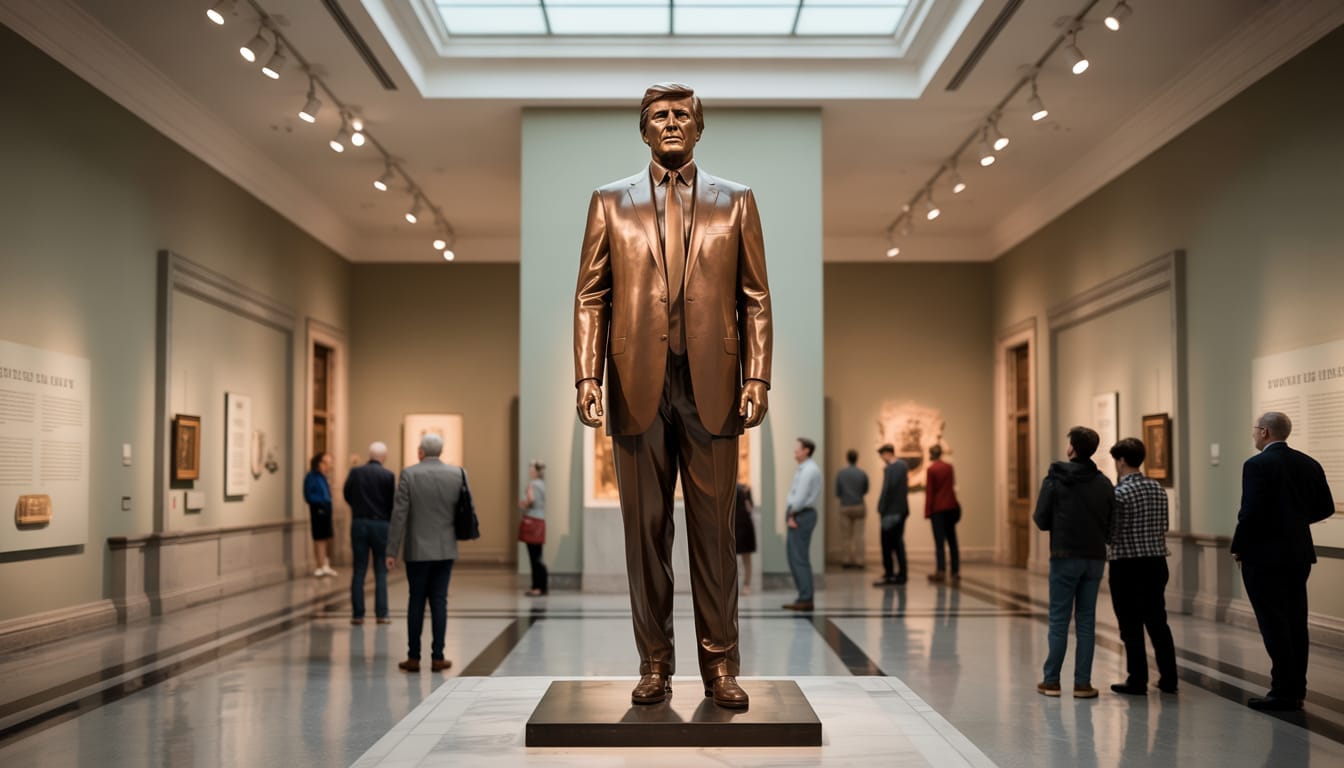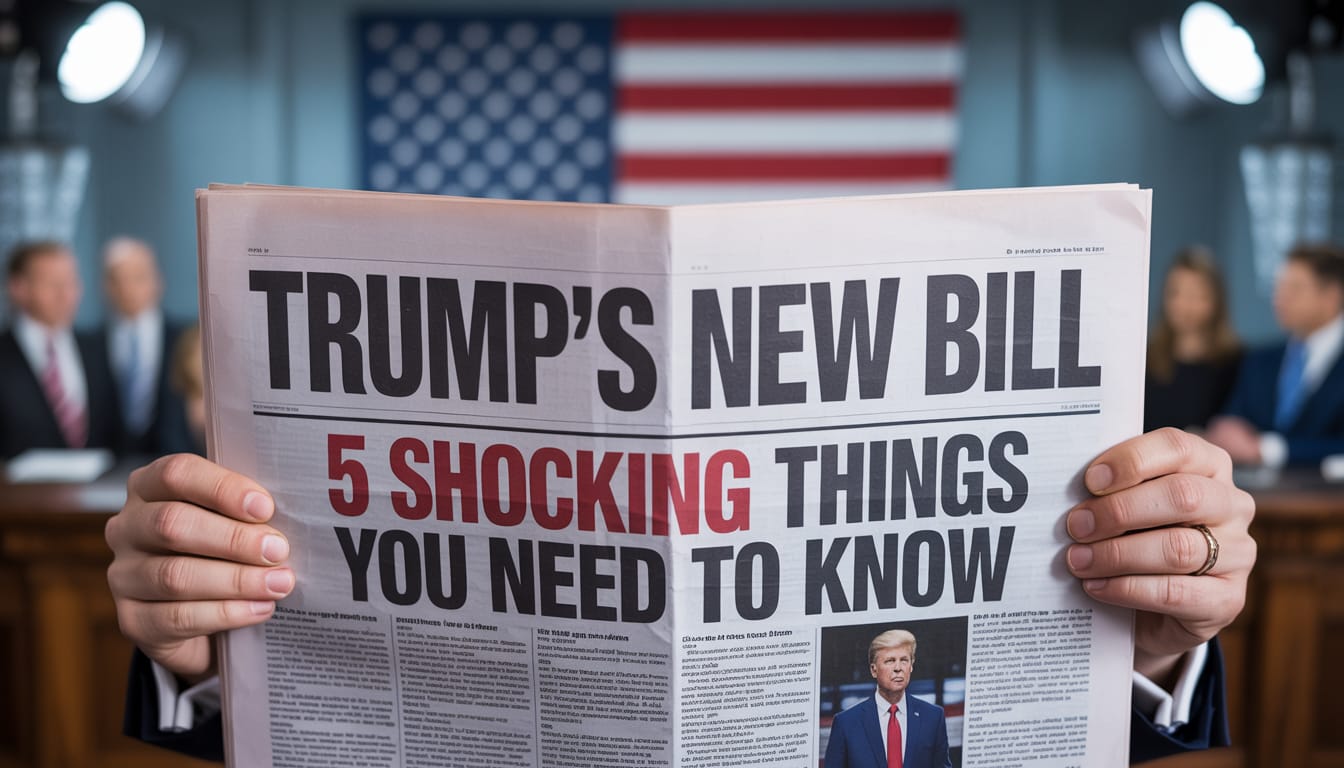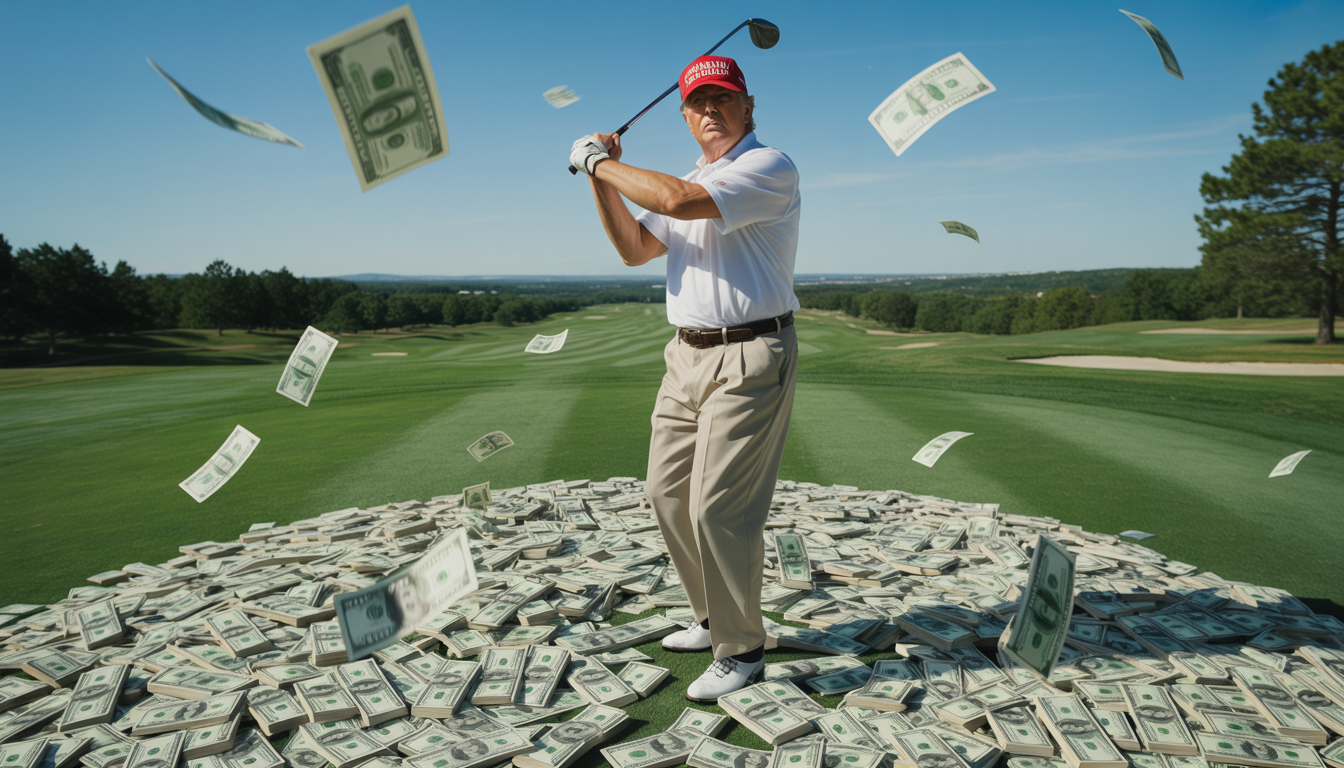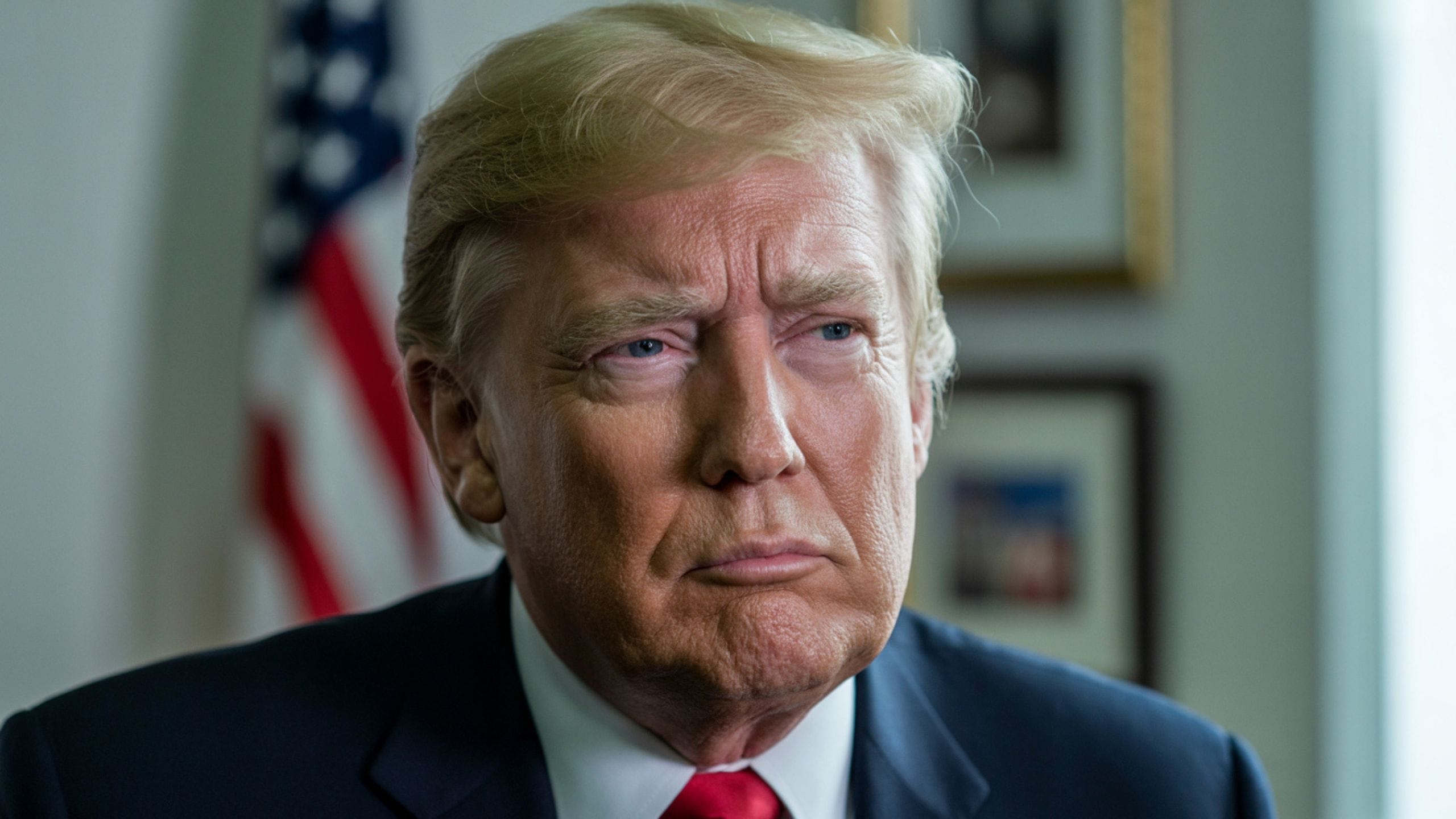President Donald Trump has called for a comprehensive overhaul of the Smithsonian Institution, demanding the iconic museum network be brought into line with his administration’s cultural direction as the United States nears its 250th anniversary. The initiative centers on celebrating American exceptionalism and aims to remove what Trump describes as “divisive or ideologically charged” narratives from the nation’s most visited museums, sparking both praise and intense controversy.
The White House issued a formal letter to Smithsonian Secretary Lonnie Bunch on August 12, 2025, outlining expectations for eight cornerstone museums to undergo a thorough internal review. The communication, signed by top administration officials including the Domestic Policy Council Director and the Office of Management and Budget Chief, set a strict timeline: within 30 days, museums must submit documents detailing their exhibitions, educational materials, grant guidelines, and visitor feedback. Within 120 days, any exhibits deemed out of alignment with the president’s doctrine are to begin “content corrections” with the goal of promoting unity, historical accuracy, and a constructive vision of American history.
What Trump Wants Changes at the Smithsonian
President Trump’s directive follows his March executive order, “Restoring Truth and Sanity to American History,” which decries what he sees as a proliferation of “race-centered ideology” in American museums. The order accuses the Smithsonian of spreading interpretations that “portray American and Western values as inherently harmful and oppressive,” and instructs museum leadership, including Vice President JD Vance (now serving on the Smithsonian Board of Regents), to eliminate what the administration calls “improper, divisive, or anti-American ideology.”
While the White House frames the project as a move to “restore faith in our shared cultural institutions,” critics warn that it represents unprecedented political interference in an organization known for scholarship and independence. The Smithsonian, which manages 21 museums, galleries, and the National Zoo, responded by reaffirming its commitment to accuracy and scholarly rigor, pledging to keep its work “free from political or partisan influence.”
Which Exhibits and Museums Are Affected?
The initial phase targets the National Museum of American History, National Museum of Natural History, National Museum of African American History and Culture, National Museum of the American Indian, National Air and Space Museum, Smithsonian American Art Museum, National Portrait Gallery, and the Hirshhorn Museum and Sculpture Garden. Plans are in place to expand the review to other facilities in subsequent phases.
The review will scrutinize everything from exhibition texts, wall placards, and digital displays to the institutions’ social media, curatorial practices, and collection policies. The administration specifically cited previous controversies, such as the removal of a museum placard referencing Trump’s two impeachments—a sign of the new pressures curators may face under these presidential directives.
American Exceptionalism as a Focus Keyword in the Debate
The push to reframe the Smithsonian’s displays around the theme of American exceptionalism directly targets educational programming and the narratives explored in upcoming anniversary exhibits. According to administration officials, the goal is to highlight America’s “unity, progress, and enduring values,” celebrating figures and events that exemplify national pride, rather than dwelling on the nation’s conflicts and flaws.
Supporters of Trump’s efforts argue that celebrating American exceptionalism will “spark the imagination of young minds, celebrate the richness of our history, and instill pride in Americans.” They view the move as a corrective to what they see as bias in the way Washington’s cultural institutions have handled race, gender, and controversial episodes from U.S. history.
Growing Backlash and Political Implications
The changes have already drawn fierce backlash. Historians and congressional Democrats call the directives “cowardly and unpatriotic,” warning that they threaten the Smithsonian’s educational mission and independence. “Unfortunately, we now stand at the brink of seeing the Smithsonian at its worst: shaped solely by the views and ideology of one individual as a means of expanding his political power,” Democratic lawmakers wrote in an open letter.
Others in the museum community worry about losing critical reflection in American history, with some likening the administration’s approach to politicizing institutions abroad. Meanwhile, the debate is amplifying what has been dubbed the latest front in America’s ongoing “culture war.”
The Smithsonian has promised to cooperate with the federal review while maintaining its standards for fact-based, inclusive history. Observers note that the public—and future generations—will ultimately judge whether the Trump-ordered review “restores faith” or irreparably tarnishes one of the world’s most respected museum systems.
For more perspectives on the intersection of politics and public history, see a related article at Brandon Bent, and you can find additional reporting on the impact of politics on U.S. cultural institutions through NBC News.
Sources
- https://www.npr.org/2025/08/12/nx-s1-5500550/smithsonian-trump-review
- https://www.cbsnews.com/news/white-house-review-smithsonian-museums-trump/
- https://www.nbcnews.com/politics/white-house/white-house-reviewing-smithsonian-exhibits-make-sure-align-trumps-visi-rcna224588



